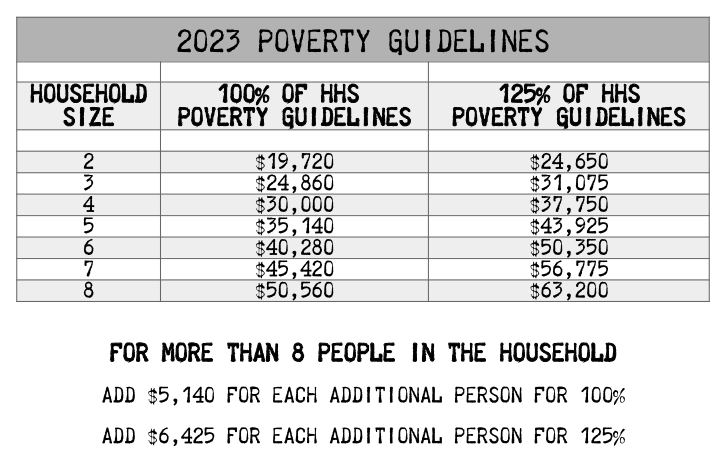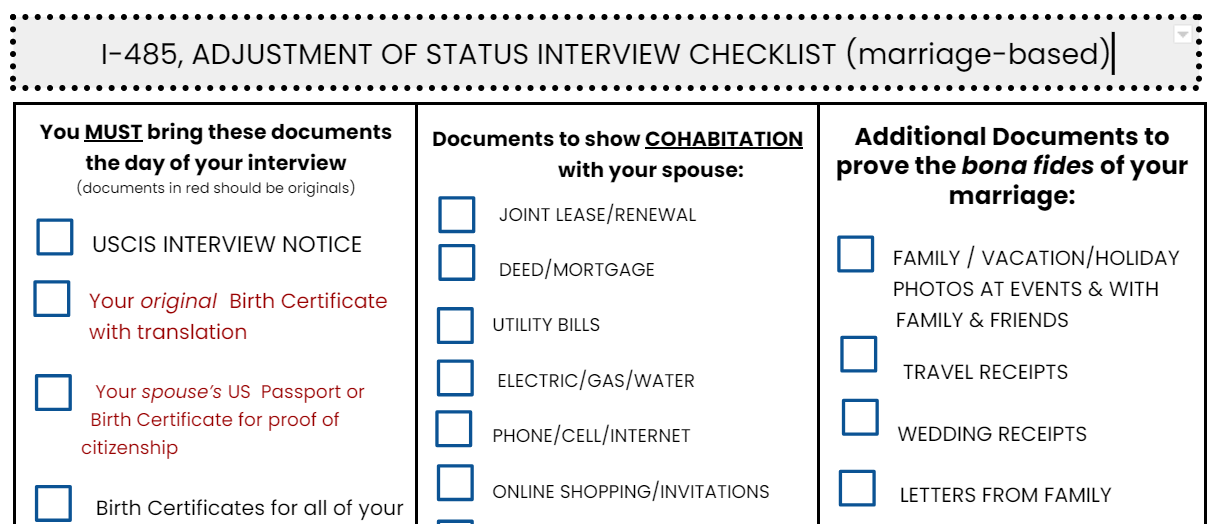2023 HHS Poverty Guidelines
The HHS Poverty Guidelines are how you calculate the level of income that is required by the petitioner when filing a visa petition for a family member. If your income does not meet the requirements then you will need to get a joint sponsor. For more information about the affidavit of support and joint sponsors … Read more




